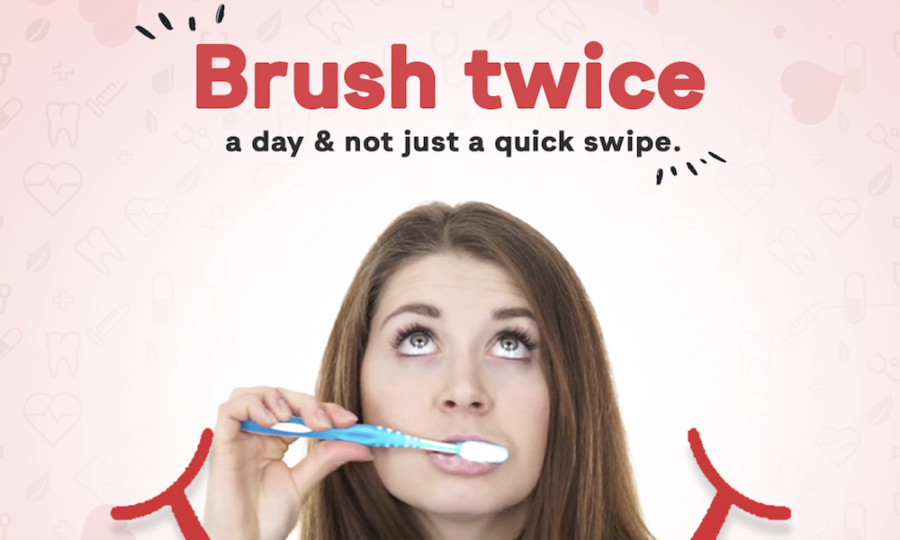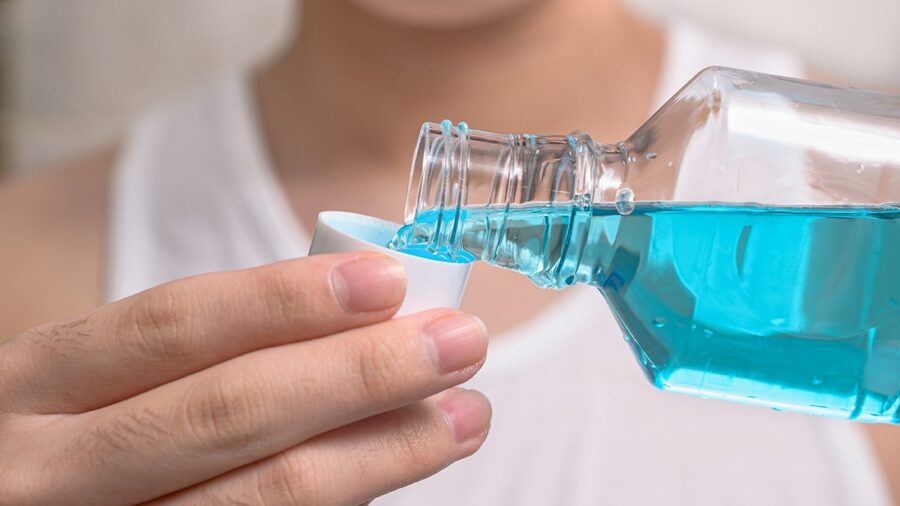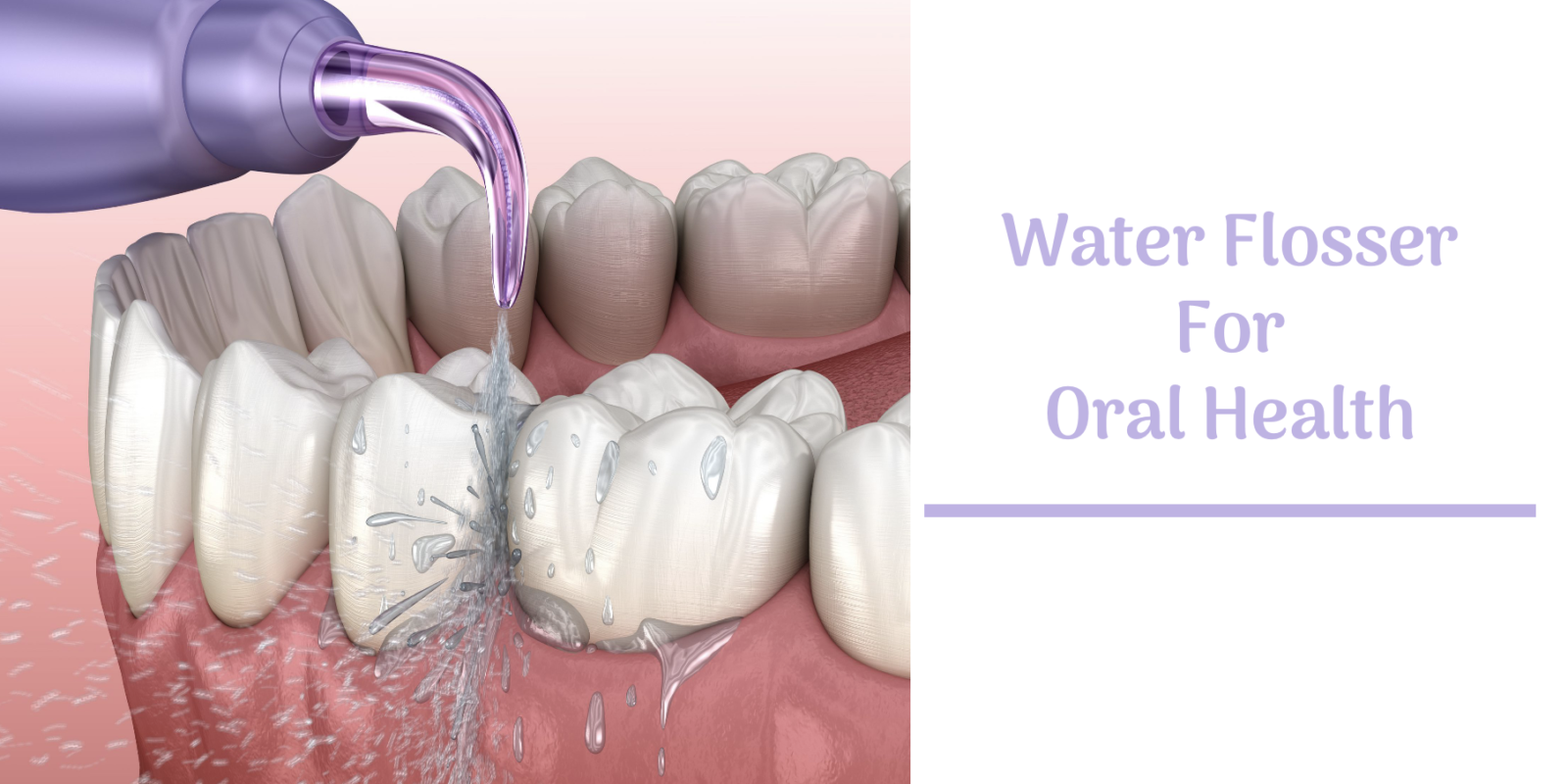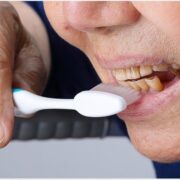While traditional flossing can do wonders for plaque removal and oral health. It may not be enough to tackle tartar, use the water flosser. While traditional flossing can do wonders for removing plaque, it may not be enough to tackle tartar buildup. Enter the water flosser, a device that has been gaining popularity in recent years for its ability to blast away debris and bacteria from hard-to-reach places. But can it remove tartar? In this article, we’ll uncover the truth behind this question and explore the pros and cons of using a water flosser for tartar removal. Get ready to learn everything you need to know about this innovative dental tool and whether it’s right for you.
Understanding Tartar Buildup and effect on Oral Health
Tartar, also known as dental calculus, is a hard, yellowish-brown substance that forms on teeth due to the buildup of plaque. Plaque is a sticky film of bacteria that forms on teeth and gums, which can cause tooth decay and gum disease. When plaque is not removed from teeth through regular brushing and flossing, it can harden into tartar. Tartar is much harder than plaque and cannot be removed through brushing or flossing alone. It requires professional dental cleaning to remove.
Tartar buildup can have several negative effects on oral health, including:
- Gum disease: Tartar buildup can cause inflammation of the gums, leading to gingivitis and eventually periodontitis. This can cause the gums to pull away from the teeth, creating pockets where bacteria can thrive and further damage the teeth and gums.
- Tooth decay: Tartar buildup can lead to cavities by creating a rough surface on the teeth where bacteria can accumulate and produce acid that erodes the enamel.
- Bad breath: Tartar buildup can trap bacteria and food particles, leading to bad breath.
- Discoloration: Tartar buildup can cause yellow or brown stains on teeth, which can be difficult to remove.
Traditional vs. Water Flossing: What’s the Difference?
Traditional flossing involves using a thin string or tape to clean between teeth and under the gum line, while water flossing uses a pressurised stream of water to clean between teeth and under the gum line. Here are some of the key differences between traditional flossing and water flossing:
Ease of use: Water flossing is generally considered easier to use than traditional flossing, particularly for those with braces or dental work, such as implants or bridges. With water flossing, the pressurized stream of water can reach areas that may be difficult to access with traditional floss.
Effectiveness: Both traditional flossing and water flossing can effectively remove food particles and plaque from between teeth and under the gum line. However, studies have shown that water flossing may be more effective at reducing bleeding and gingivitis than traditional flossing.
Time: Traditional flossing typically takes less time than water flossing, as it involves manually moving the floss between teeth. Water flossing can take a bit longer, as it requires filling the water reservoir, adjusting the pressure, and moving the water flosser along the gum line.
Cost: Traditional flossing is generally less expensive than water flossing. While traditional floss is relatively inexpensive, a water flosser can be a significant investment.
Ultimately, the choice between traditional flossing and water flossing may depend on personal preference, dental needs, and budget. Dental professionals may recommend one method over the other based on an individual’s specific dental needs.
How a Water Flosser works and benefits on Oral Health
A water flosser, also known as an oral irrigator, is a device that uses a stream of pressurized water to clean between teeth and along the gumline. Here’s how a water flosser works:
- Fill the water reservoir: Most water flossers have a removable water reservoir that you can fill with water or mouthwash. The reservoir connects to the device via a hose.
- Adjust the pressure: Depending on the device, you can adjust the pressure setting to customize the cleaning intensity.
- Choose a tip: Water flossers typically come with different tips, including standard, orthodontic, and periodontal, to meet various oral health needs.
- Direct the stream: Hold the tip close to the gumline, aiming the stream of water between the teeth and along the gumline. Use a sweeping motion to clean each tooth.
The benefits of using a water flosser for oral health include:
- Effective cleaning: Water flossers are effective at removing food particles, plaque, and bacteria from hard-to-reach areas, such as between teeth and along the gumline.
- Improved gum health: Water flossers can improve gum health by removing bacteria that can cause gingivitis and periodontitis.
- Comfortable to use: Water flossers are gentler on the gums than traditional flossing, making them an ideal option for people with sensitive teeth or gums.
- Easy to use: Water flossers can be easier to use than traditional flossing for people with limited dexterity or dental appliances such as braces.
- Versatile: Water flossers come with different tips for customised cleaning, making them suitable for a wide range of oral health needs.
Can Water Flosser remove Tartar?
While a water flosser can be an effective tool for removing plaque and bacteria from teeth and gums, there is limited evidence to suggest that it can remove tartar buildup. Tartar, also known as dental calculus, is a hard, yellowish-brown substance that forms on teeth due to the buildup of plaque. Tartar is much harder than plaque and requires professional dental cleaning to remove.
While some manufacturers of water flossers claim that their devices can remove tartar buildup, there is limited scientific evidence to support these claims. A 2013 systematic review of 11 studies found that water flossers were effective at reducing plaque and improving gum health, but they did not remove tartar as effectively as professional dental cleaning.
However, using a water flosser as part of a comprehensive oral hygiene routine, which includes regular brushing, flossing, and professional dental cleanings, can help prevent the buildup of tartar on teeth and gums. Water flossers can be effective at removing plaque and bacteria from hard-to-reach areas, which can help prevent the formation of tartar.
Pros and Cons of Using a Water Flosser for Tartar Removal
Pros
Water flossers are effective at removing plaque and can help prevent tartar buildup.
They are more gentle on gums than traditional flossing, making them a great option for people with sensitive teeth or gums.
Water flossers can be used by people with braces, dental implants, or other dental appliances.
They are easy to use and can be a great alternative for those who find traditional flossing uncomfortable or difficult.
Cons
Water flossers may not be as effective as traditional flossing at removing plaque from tight spaces.
They may not be able to remove existing tartar buildup.
Water flossers can be messy and may require more cleanup than traditional flossing.
They can be more expensive than traditional flossing.

Tips for Using a Water Flosser Effectively and Safely
✪ Start with the lowest pressure setting and gradually increase the pressure as needed.
Direct the water stream at a 90-degree angle to your teeth and gums.
✪ Move the water stream in a back-and-forth motion along your gumline.
Be sure to floss all areas of your mouth, including between teeth and along the back molars.
✪ Use lukewarm water to avoid discomfort or sensitivity.
Methods for Removing Tartar and Maintaining Oral Health
While water flossers can be a great addition to your oral hygiene routine, they are not the only way to remove tartar and maintain oral health. Here are some other methods you can use:

Brush twice a day with fluoride toothpaste to remove plaque and prevent tartar buildup.
Use an antiseptic mouthwash to kill bacteria and freshen breath.


Floss daily to remove plaque from between teeth and along the gumline.
Visit your dentist regularly for professional cleanings and checkups.

Choosing the Right Water Flosser for Your Needs
There are many different types of water flossers on the market, ranging from basic models to more advanced options with additional features. When choosing a water flosser, consider your needs and budget. Here are some factors to keep in mind:
Pressure settings: Look for a model with adjustable pressure settings to customize your flossing experience.
Tank size: A larger tank may be more convenient for longer flossing sessions.
Cordless vs. corded: Cordless models can be more convenient for travel, but may require more frequent charging.
Price: Water flossers can range in price from under $50 to over $100. Consider your budget and choose a model that fits your needs.
Frequently Asked Questions: Water Flossers and Tartar
Q: Can a water flosser replace traditional flossing?
A: While water flossers can be effective at removing plaque and promoting healthy gums, they may not be a substitute for traditional flossing. It’s important to floss daily to remove plaque from between teeth and along the gumline.
Q: Can a water flosser remove existing tartar buildup?
A: While water flossers are effective at preventing tartar buildup, they may not be able to remove existing tartar. Professional dental cleanings are the most effective way to remove tartar.
Q: Are water flossers safe to use?
A: Water flossers are generally safe to use, but it’s important to read the instructions carefully and use the device as directed. If you have any concerns, consult with your dentist or dental hygienist.
Conclusion
In conclusion, water flossers can be a great addition to your oral hygiene routine and can help promote healthy gums and prevent tartar buildup. While they may not be able to remove existing tartar, they are effective at removing plaque and can be a great alternative for people with sensitive teeth or gums. When choosing a water flosser, consider your needs and budget, and be sure to use the device effectively and safely. And remember, while water flossers can be a helpful tool, they are not a substitute for regular dental checkups and professional cleanings.






